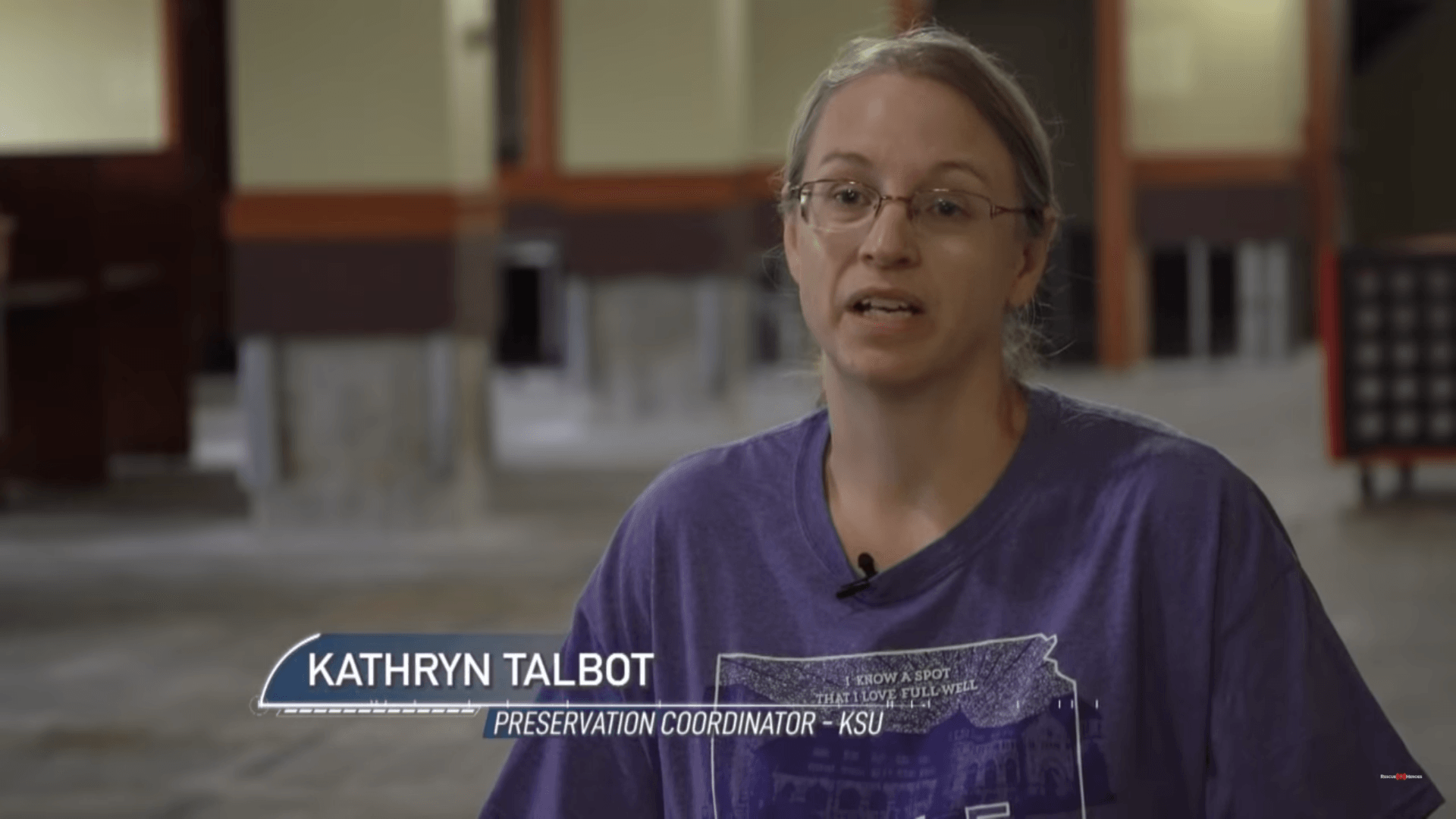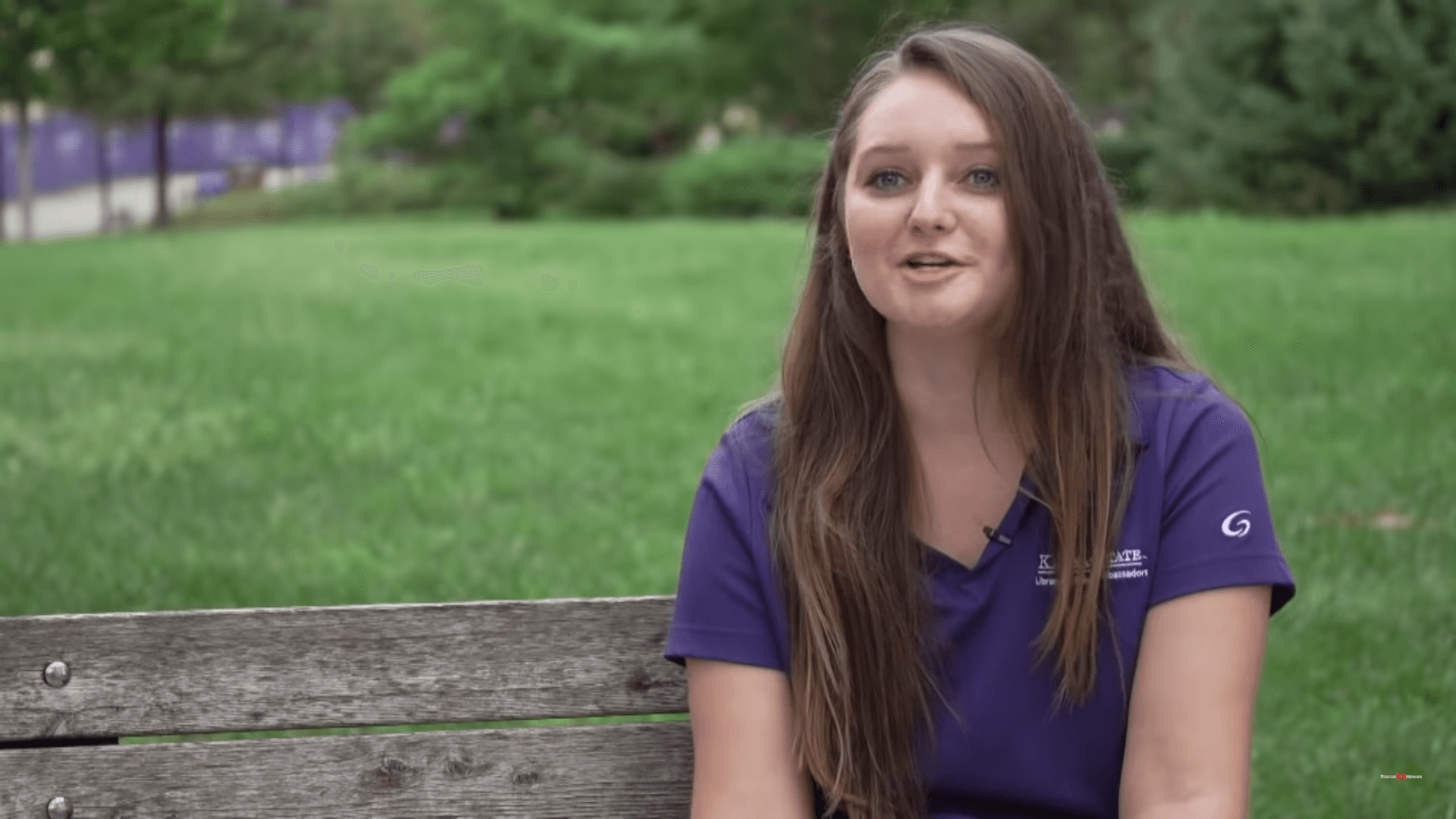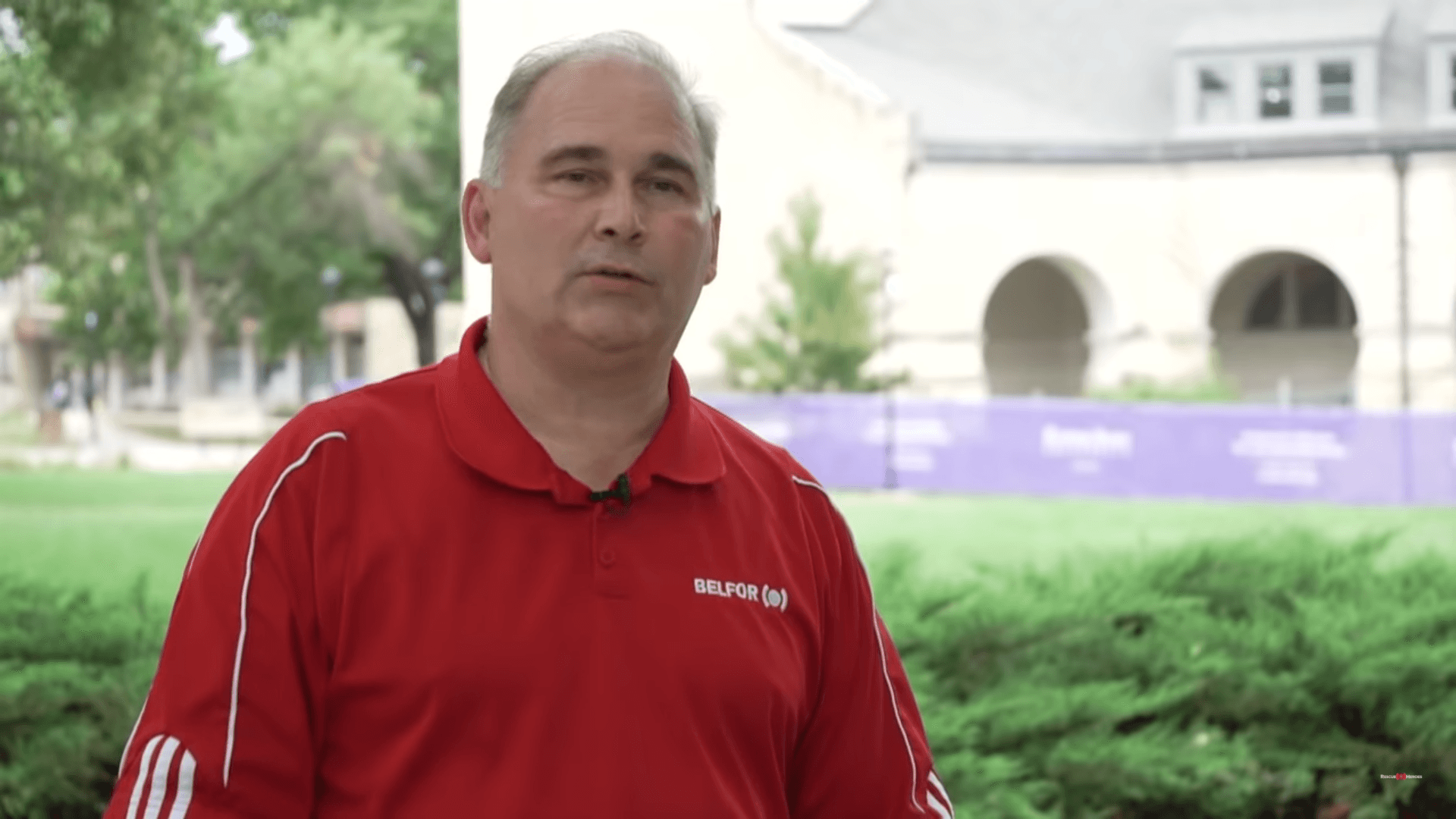In the wake of Hale’s fire, our community has been incredibly supportive.
We didn’t expect national exposure like this, though: Hale Library was recently profiled on a new television program. The series, which is called “Rescue Heroes: Global Response Team” (not to be confused with the Canadian children’s show “Rescue Heroes,” which features animated dogs), premiered last month. The second episode gives an overview of the fire, including interviews from rescue and recovery personnel plus students and faculty.
Watch the full show on YouTube! (The portion featuring K-State starts at 11:07).
https://www.youtube.com/watch?v=M_K80L-FdIs
The episode features several people who are near and dear to the Libraries talking about the fire, the process of rescuing the books, restoring the building, and Hale Library’s future. Here are just a few of them.
Before the fire, Kathryn Talbot managed digital preservation and the preservation lab that cared for the books. She also supervised all staff that physically moved library materials: They shifted the collections from one part of the library to another, reshelved books returned by patrons and more.
After the fire, Talbot became one of Hale Library’s key players in working with Belfor, the property restoration company, to make sure our collections made it out of the building and into safe storage locations.

“Books are a part of us,” Talbot said. “They have all our ideas, our thoughts, our hopes, our futures embedded in those pages. Missing that would be missing a huge part of ourselves.”

Tiffany Bowers, a senior in anthropology, was also featured in the video. Bowers is planning on going to graduate school for library sciences and is the current president of the K-State Libraries Student Ambassadors.
Her interview included her hopes for a renovated Hale Library: “This is an amazing opportunity to really rethink how… the library could serve students even better.”
Battalion Chief Jason Hudson, who was featured in a previous post, shared experience on the scene of the fire that day. “It was pulling at my heart knowing how bad this was,” he said.
Hudson was an undergraduate student at K-State when Hale was being built in the late ’90s, so witnessing its near destruction held special significance for him.

Rodney Todd, a restoration specialist with Belfor, shared facts about the extent of the damage: “There was not one square inch of the library that didn’t have some sort of either soot or water damage from top to bottom.”
Todd also talked about the murals in the Great Room and the process of trying to repair them after water and soot damage. “They’ve got the Great Room, which has murals that we’re saving. That’s one thing that’s really important to the university.”
The books that were damaged in the fire are being taken care of by Kay Rieder, another restoration specialist with Belfor. The approximately 1.5 million books are being stored in several locations throughout the state in storage facilities that have humidity and temperature control.

Kay described the process of dealing with wet books: “When we get wet materials we put it straight in our trailer, which is set at zero degrees. They then go in a freeze-dry chamber and that chamber puts it in a dry state and when the books come out they’re completely dry.”
These people are just a small part of the Hale Library emergency response team. As disheartening as it can be to think of the fire this summer, the knowledge that our books and building are in good hands made the process much easier, and we loved seeing it all captured so beautifully on “Rescue Heroes.”
Excellent video work. Our daughter works at Hale Library. This has helped to explain the scope of loss – this video helps understanding the enormous undertaking of restoration.
Thank you
Thank you for watching! Yes, it’s been a bizarre time for everyone who called Hale Library “home.” We look forward to moving back into a fresh, new space.